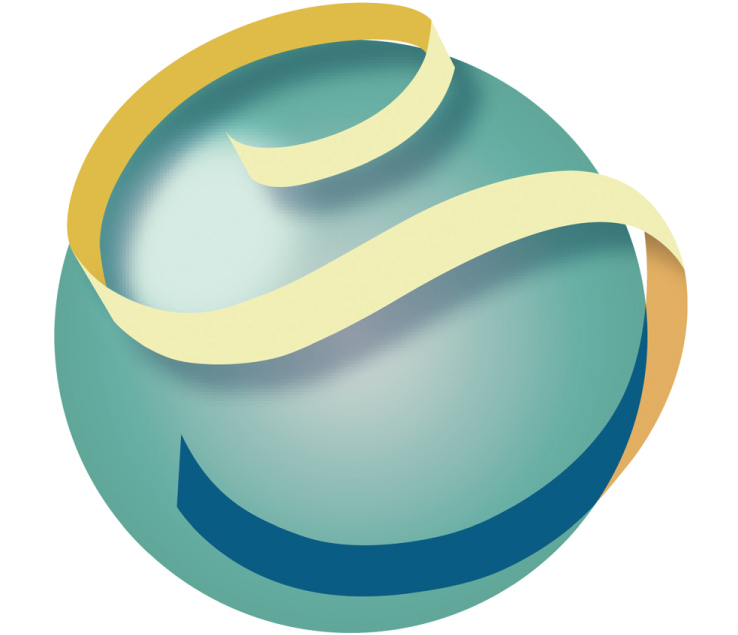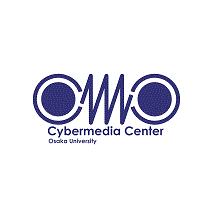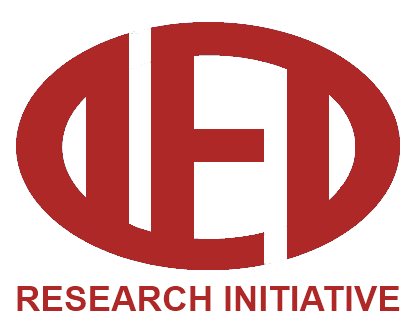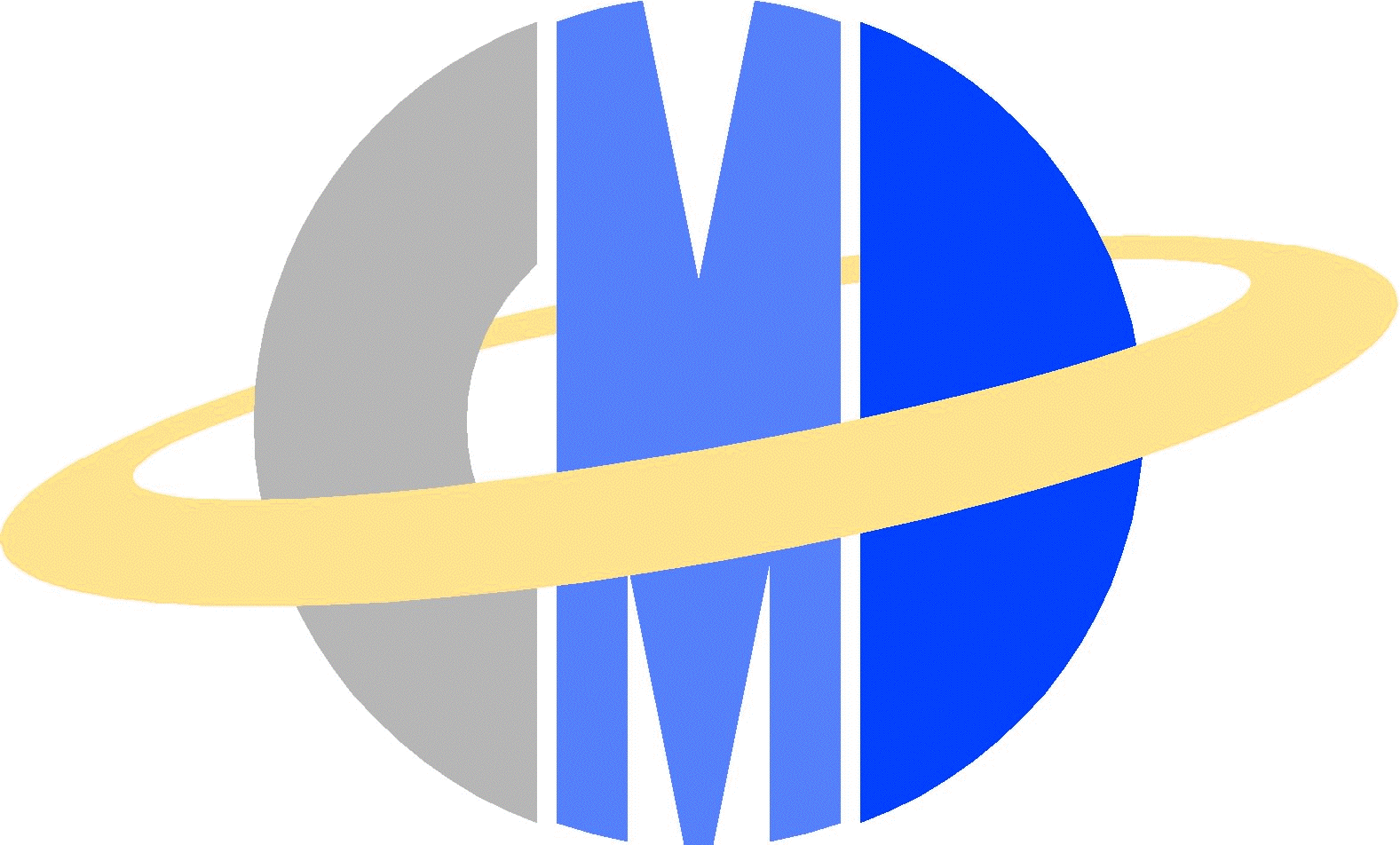- WHEN
- 24-28 February 2014
- WHERE
- G Building, Graduate School of Engineering Science, Osaka University
- 1-3 Machikaneyama, Toyonaka, Osaka 560-8531
- TEL : +81-6-6850-6111
- Access
- SPONSORS
- Institute for NanoScience Design (INSD),Osaka University
- Department of Physics, Graduate School of Science, Osaka University
- Cybermedia center Osaka University
- Tokyo University of Science
- Computational Materials Science Initiative(CMSI)
- Japan Society for the Promotion of Science (JSPS) Core-to-Core Program A.Advanced Research Networks
- Osaka University Quantum Engineering Design Research Initiative (OU-QEDRI)
- SUPPORT
- The Institute for Solid State Physics (ISSP), the University of Tokyo
- BACKGROUND&MOTIVATION
- The basic foundations of our technology, and its foreseen development in the 21st century, basically lie on the physical sciences and, if one desires to distinguish, also material science. To meet the ever-increasing demand for novel materials, and at the same time satisfy the growing public concern for the energy/power consumption and environmental impacts, novel routines other than relying on the age-old tradition of trial-and-error/hit-and-miss would be necessary. Given these circumstances, we need to develop novel theoretical routines and techniques that could quickly and efficiently find novel materials for synthesis, that would suit our purposes. The theoretical routines and techniques necessary should incorporate quantum mechanics per se, and should not be dependent on experimental results and/or empirical parameters. Ab-Initio/First Principles Calculations satisfy all these requirements. With recent developments in computational techniques, coupled with the rapid progress in computer efficiency, ab-initio/first principles-based COMPUTATIONAL MATERIALS DESIGN (CMD®) is now a reality. Its impact/influence on industrial R&D should increase with the passing years. The purpose of these series of workshops is to provide the participants with a first-hand experience of how COMPUTATIONAL MATERIALS DESIGN (CMD®) is carried out, provide them with the basic knowledge and techniques, to better prepare them for the new paradigm in materials science research.
- COURSE OFFERINGS
- Lectures, as well as hand-on sessions, will be conducted for the purpose of imparting on the participants various quantum simulations techniques, that could be applied in performing ab-initio based design of nano-materials and nano-devices.
- Fundamentals of AB-INITIO calculations
- Materials Design -from the basics to actual applications-
- MACHIKANEYAMA2002(training)
- STATE-Senri(training)
- Osaka2k(training)
- ABCAP(training)
- HiLAPW(training)
- NANIWA-Series(training)
- ES-OPT(training)
- RSPACE(training)
- ecalj(training)
- et alia
- MAX. # of Participants
- 40 participants(Add'l participants will be considered based on the essay content written in the application form.)
- EXPENSES
-
There is no registration fee.
[However, each participant is expected to shoulder expenses they may incur during the workshop (travel, board and lodging, printed materials, etc.).] -
On this CMD® workshop, we pay travel expense (transportation and accommodation fees) for students to attend this workshop. Students who belong to educational research organization in Japan and wish to attend CMD® workshop, but cannot prepare transportation and accommodation fees, can apply for it. We will pay transportation fee from belonging organization to the venue and accommodation fee according to business trip procedure of Osaka University and not pay the fixed amount independently of belonging organization. We will ask applicants to fill in the application form below and write 1000 words about the motivation and purpose of participation. According to the application form, screened at CMD® managing meeting and the approved person can receive travel expense. After attending, we will request to submit the attending report.
the application form pdf rtf
- APPLICATION PROCEDURE
- Please fill up the corresponding forms provided below, and send it by both fax and e-mail to:
-
NOTICE:
When you apply for the CMD workshop, you must inform us a plan to visit Japan if you do not belong to a Japanese university/institute/company as a student or staff.
We do not support your visa application, travel fee, and accommodation. You must visit Japan and come to the venue by yourself. -
Form Beginners Course: Application Form pdf rtf Advanced Course: Application Form pdf rtf Expert Course: Application Form pdf rtf Supercomputer Course: Apprication Form pdf rtf
E-mail:cmd[@ mark]insd.osaka-u.ac.jp
FAX : +81-6-6850-6342 CMD® SECRETARIAT,Institute for NanoScience Design (INSD), Osaka University
- APPLICATION DEADLINE
- January 19th, 2014
- COURSE CONTENTS & SCHEDULE
- For details follow the links below.
-
Beginners Course (〜25 people) (PROGRAM) (PDF version)- CMD®Studies and Special Lectures
- Basic Principles of Ab-Initio Calculation
- Introductory Hands-On (covering all the simulation codes offered)
Advanced Course (〜15 people) (PROGRAM) (PDF version)- CMD®Studies and Special Lectures
- CMD® Intensive Hands-On (concentrating on 2 simulation codes chosen by the participant from among the codes offered)
Expert Course- CMD®CMD®Studies and Special Lectures
- CMD® Practicum
Supercomputer Course(limited to 4 people) (PROGRAM) (PDF version)- CMD®Studies and Special Lectures
- CMD® Practicum(RSPACE)
- To take this course, please bring your own PC.
CMD®Studies and Special Lectures- CMD®Studies(4)
Kasai(Osaka University)
Hono(NIMS)
Sakuma(Tohoku University)
Kaneta(Fujitsu) - Special Lectures(1)
Hirao(Riken)
-
code characteristics (M)MACHIKANEYAMA2002 The package, which features both high speed and high accuracy, uses the KKR-Green’s function method. This is an all-electron method and does not suffer from any serious truncation errors such as those associated with plane-wave cutoffs. Moreover, the CPA (coherent potential approximation) is integrated into the package making it applicable not only to crystals but also to disordered systems such as impurity systems, random substitutional alloys and mixed crystals. Since the Green’s function of the system is calculated, the package provides a good starting point for first-principles calculations of linear response theory, many-body effects, and so on. (N)NANIWA-Series NANIWA series is a computational code for performing first principles quantum dynamics calculations. (O)Osaka2k The package includes the basic electronic calculation of the ground state of solids, band-structure calculation, phonon calculation, molecular-dynamical simulation, etc. (A)ABCAP All Electron Band Structure Calculation Package(ABCAP) provides Full-potential Linearized Augmented Plane Wave (FLAPW) calculation. (H)HiLAPW2002 Hiroshima Linear-Augmented-Plane-Wave (HiLAPW) program package described here is designed to perform band-structure calculations based on the density functional theory (DFT). (S)STATE-Senri STATE(Simulation Tool for Atom TEchnology) is a first-principles calculation software package based on DFT using a plane wave basis set and ultrasoft pseudopotentials. (E)ES-Opt ES-OPT is a first-principles calculation software package based on DFT using a plane wave basis set and norm-conserving psedopotentials. This program codes in fortran90 is written so as to be easily readable tractable source codes. The ES-OPT package is used as a base to realize techniques including
1) meta-dynamics simulations,
2) multi-reference DFT calculations.(R)RSPACE RSPACE is a first-principles calculation software package based on DFT using a Real-Space Finite-Difference Method. (EJ)Ecalj ecalj has two unique features. 1) The first-principles calculations of electronic structures is based on a mixed basis augmented wave method, the L(APW+MTO) method, named as the PMT method. Based on it, we can perform LDA/GGA level calculations as in usual electronic structure package. 2) Most exciting feature of ecalj is in the Quasiparticle self-cosnsitent GW (QSGW). It is originally developed by T.Kotani with help of coworkers. Today it is world-widely accepted as a method to go beyond limitations of LDA/GGA. Now it is implemented on the PMT method. Thus It becomes stable, and easier to handle. See README at https://github.com/tkotani/ecalj. At the begining, I explain minimum on the formalism of the augmented wave method. The formalism is essenitally similar with that used in the PAW method. Then I explain kinds of points: limitations of the LDA/GGA; what is the quasiparticle; what is QSGW, its ability and its limitations. (e.g. QSGW is not for total energy yet).Then we do install and practice. I show how to perform calculations for a given crystal structure. (If you have POSCAR in VASP, it can be read by ecalj), how to read results, and how to make band, dos plots and so on. In contrast to other GW/QSGW code, we can make a smooth band plot. I can explain how to calculate dielectric function, and spin fluctuations (some limitations on it) on request. So, this course is suitable for users who somehow like to calculate electronic structures to go beyond LDA/GGA. (T)TSPACE TSPACE is a program package for generating space group, crystal symmetry, etc...,
- EXECUTIVE COMMITTEE
-
Hiroshi
KATAYAMA-YOSHIDA(Professor, Graduate School of Engineering Science, Osaka University), Chairperson Hideaki KASAI (Professor, Graduate School of Engineering, Osaka University) Hisazumi AKAI (Professor, The Institute for Solid State Physics, The University of Tokyo, ) Naoshi SUZUKI (Professor, Faculty of Engineering Science, Kansai University) Tadashi ITOH (Professor, Vice Director of INSD, Osaka University) Noriaki HAMADA (Professor, Faculty of Science, Tokyo University of Science) Tamio OGUCHI (Professor, The Institute of Scientific and Industrial Research (ISIR), Osaka University) Masaaki GESHI (Specially Appointed Associate Professor, INSD, Osaka University)Secretariat
- STEERING COMMITTEE CMD®CONSORTIUM
-
Hisazumi AKAI (The Institute for Solid State Physics, The University of Tokyo, OU-QEDRI) Hideaki KASAI (Graduate School of Engineering, Osaka University, OU-QEDRI) Hiroshi
KATAYAMA-YOSHIDA(Graduate School of Engineering Science, Osaka University, OU-QEDRI) Naoshi SUZUKI (Faculty of Engineering Science, Kansai University) Kouichi KUSAKABE (Graduate School of Engineering Science, Osaka University, OU-QEDRI) Hiroshi NAKANISHI (Graduate School of Engineering, Osaka University, OU-QEDRI) Masako OGURA (Graduate School of Science, Osaka University) Wilson Agerico DIÑO (Graduate School of Science, Osaka University, OU-QEDRI) OU-QEDRI Osaka University Quantum Engineering Design Research Initiative
- CONTACT
-
CONTACT "Computational Materials Design (CMD®) Workshop" Chairperson Hiroshi
KATAYAMA-YOSHIDA(Professor, Graduate School of Engineering Science, Osaka University) Secretariat Masaaki GESHI (Specially Appointed Associate Professor, Institute for NanoScience and Design, Osaka University)
Toyonaka, Osaka 560-8531,JAPANURL: http://www.insd.osaka-u.ac.jp e-mail: cmd[@mark]insd.osaka-u.ac.jp TEL:+81(Japan)-6-6850-6342 FAX:+81(Japan)-6-6850-6342
- MISCELLANEOUS INFORMATION
-
The former workshops are(
CMD23,
CMD22
CMD21,
CMD20,
CMD19,
CMD18,
CMD17,
CMD16,
CMD1-15)
Affiliation Position University
University
Technical Colleges
National Research Institutes
Private Enterprise
photograph of
participator(CMD23)Student
Prof., Assoc. Prof., Asst. Prof., Research Asst., Technical Staff, Researcher,
Prof., Assoc. Prof., Asst. Prof.,
Supervisor, Asst. Supervisor, Researcher
Advanced Algorithms & Systems Corp., Asahi Glass Co., Ltd., Aquxite Systems, CANON, CHISSO Corp., DENSO, EPSON, FDK, FUJITSU, FUJI Films, Hitachi High-Technologies Corp., Hitachi Maxell, IBM, Idemitsu Kosan Co., Ltd., Japan Research Institute, Kansai Electric Power Co., Inc., Joetsu Electric Corp., KEIHANNA, KOBELCO, KONICA MINOLTA, kuraray, KYOCERA, Matsushita Battery Industrial Co., Ltd., Matsushita Electric Industrial Co., Ltd.(Panasonic), Matsushita Electric Works, Ltd., Matsushita Techno Research Co., Ltd., Mitsubishi Chemical Corp., Mitsubishi GAS Chemical Co., Mitsubishi Electric Corp., Mitsubishi Heavy Industries, Ltd., Mitsubishi Rayon Co., Ltd., Mitsui Mining and Smelting Co., Ltd., Murata Manufacturing Co., Ltd., NEC, NGK, NHK,Nippon Shokubai Co., Ltd., Nippon Steel Corp., Nippon Thermostat, Nissan Chemical Industries, Ltd., NLM, NTT Microsystem Integration Lab, OMRON Corp., OSAKA Titanium technologies Co., Ltd., PTT, RICOH, ROHM, SANYO, SEI, Semiconductor Energy Laboratory Co., Ltd., SHARP, Shin-Etsu Chemical Co., Ltd., SONY, Sony Chemical & Information Device Corp., SUSUMU Co. Ltd., TDK, Tokyo Electron TOKYO GAS, TOSHIBA, TOSHIBA Corp. R&D Center, Toshiba Lighting and Technology Corp., TOYOTA Central R&D Labs, Inc., TOYOTA Motor Corp., Yamato Konron Planning, Ltd.
(alphabetical order)
 |
 |
 |
 |
 |
 |
 |

|
